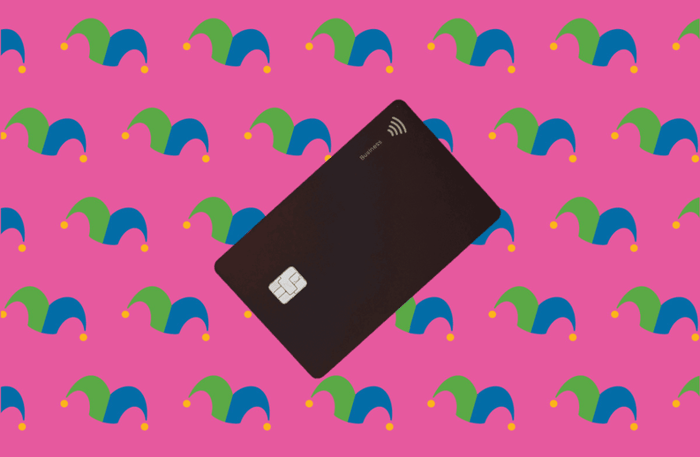Before You Charge a Purchase on a 0% Introductory APR Credit Card, Do This One Thing

Image source: The Motley Fool/Upsplash
If you're grappling with credit card debt, you may be inclined to move your existing balances over to a new card with a 0% introductory APR. Similarly, if there's a larger purchase you can't afford to make outright, you may decide to charge it on a 0% introductory APR credit card.
The nice thing about a 0% introductory APR offer is that it gives you a reprieve from racking up credit card interest on your balance for a period of time. But before you use one of these cards, there's one important thing you have to do.
Featured offer: save money while you pay off debt with one of these top-rated balance transfer credit cards
Find out when your introductory period ends
A 0% introductory APR can be very appealing, whether you have existing debt you're trying to shake or you want to finance a purchase interest-free.
For example, let's say you want to spend $5,000 on furniture but can't cover the cost of that purchase outright. With a traditional credit card charging 20% interest, even if you pay off your balance in 18 months, you'll still be charged a total of $829 in interest if your card's interest rate is 20%. But if you're able to pay off that $5,000 in 18 months on a 0% introductory APR card, you won't pay interest at all.
RELATED: Credit Card Interest Calculator
The problem with a 0% introductory APR, though, is that it won't last forever. And once your introductory period comes to an end, your remaining balance will be subject to your card's regular (or "go-to") interest rate -- which could be substantial.
That's why it's so important to find out exactly how long your card's introductory period lasts. Some 0% introductory APR cards give you 12 months interest-free. Others give you 18 months or longer. Once you get that information, you can figure out how likely you are to end up accruing interest on a purchase.
Going back to our example, let's say you don't think you'll be able to pay off a $5,000 furniture purchase in only 18 months. If that's the case, you may want to look at financing options outside of a credit card.
The merchant you buy your furniture from may have a more affordable payment plan. Or you can consider a personal loan, which may let you borrow at a considerably lower rate than what a credit card offers.
Don't get stuck paying more interest than expected
Once your 0% introductory APR expires, you'll begin accruing interest on your card's balance. If you end up in a situation where you still have a balance after your introductory period is up, call your credit card issuer and try to negotiate your interest rate downward. You may be eligible for a lower rate if you have great credit.
You can also try transferring your balance to another 0% introductory APR card. But again, you run the same risk of eventually racking up interest.
All told, it can be tempting to finance a purchase with a 0% introductory rate credit card or use one to try to tackle existing debt. But doing so could backfire on you. So you may want to consider a fixed-rate loan or other solutions for these situations.
Alert: highest cash back card we've seen now has 0% intro APR until 2025
This credit card is not just good – it's so exceptional that our experts use it personally. It features a 0% intro APR for 15 months, a cash back rate of up to 5%, and all somehow for no annual fee!
Click here to read our full review for free and apply in just 2 minutes.
We're firm believers in the Golden Rule, which is why editorial opinions are ours alone and have not been previously reviewed, approved, or endorsed by included advertisers. The Ascent does not cover all offers on the market. Editorial content from The Ascent is separate from The Motley Fool editorial content and is created by a different analyst team.The Motley Fool has a disclosure policy.
